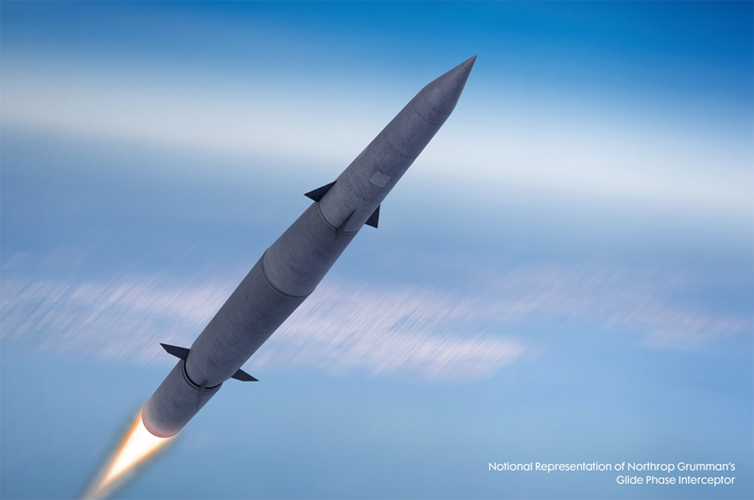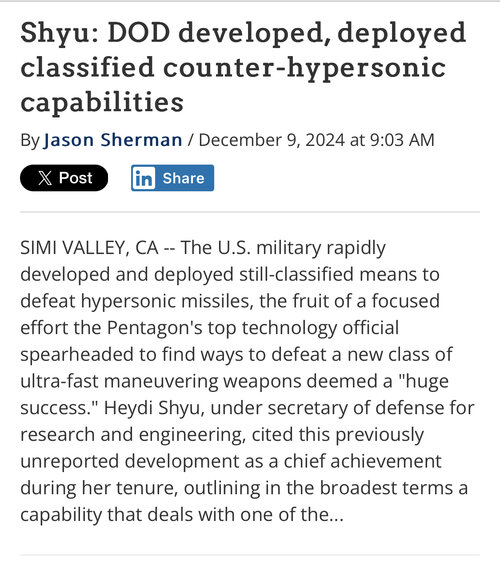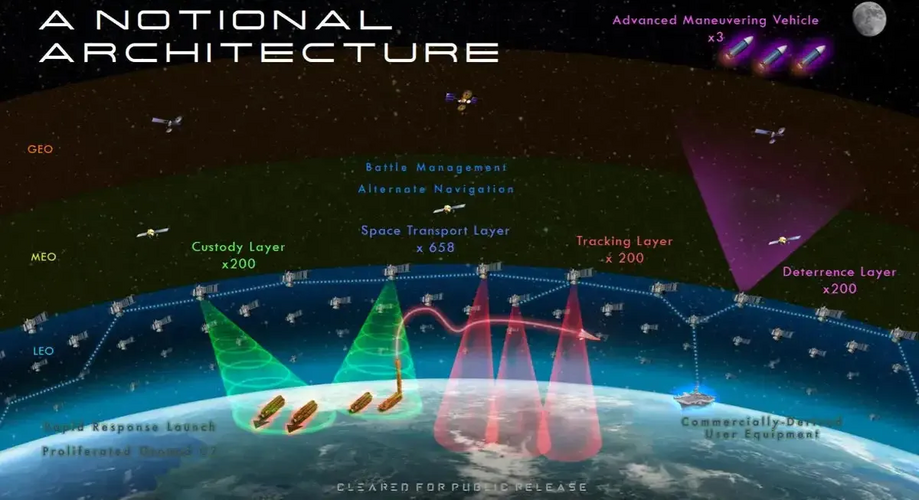Scott Kenny
ACCESS: USAP
- Joined
- 15 May 2023
- Messages
- 11,542
- Reaction score
- 14,138
Every analysis of intercepting HGVs I've seen says that the launcher needs to be within about 10km of the target to be able to make the interception AT ALL.MDA saying hypersonic missiles difficult to counter due to their ability to maneuver in flight though they are planning to field a new version of the SM-6 in the interim before the Glide Phase Interceptor (GPI) reaches operational capability in 2032. Would be correct in assuming that driving the GPI requirement to be a big and very expensive missile with a range of approx. 1,000 miles?
So either you have a relatively small number of expensive super long range missile that can pop the hypersonics while they're out of the atmosphere and unable to maneuver, or you have an enormous number of individually relatively cheap point defense missiles. Both alternatives are expensive as total programs.
I had an idea for a drone that was pretty fast climbing and pretty fast in general (basically a cross between an F104 and a D21 drone with a couple of PAC3s on it or similar), just so you might be able to get away with basing the interceptors ~180km away from the objects to be protected. 2 minutes to climb to interception altitude and accelerate to M2.9+, 3 minutes to get over the defended area. But the interception geometry works out to needing to launch that drone when the HGV is ~1800km away!































